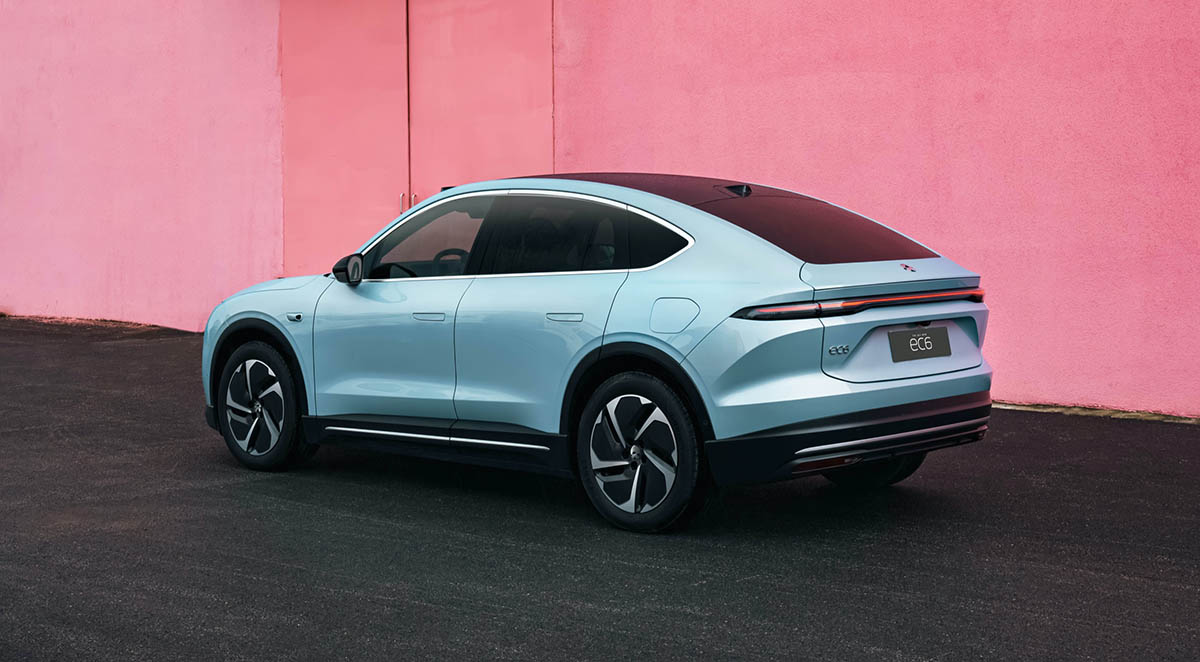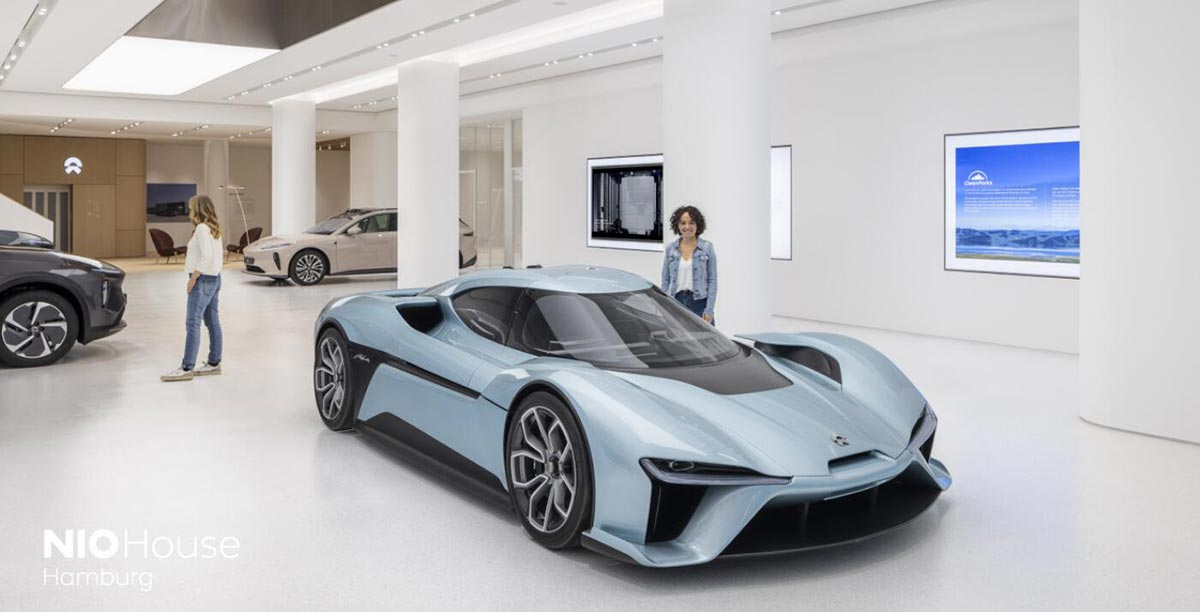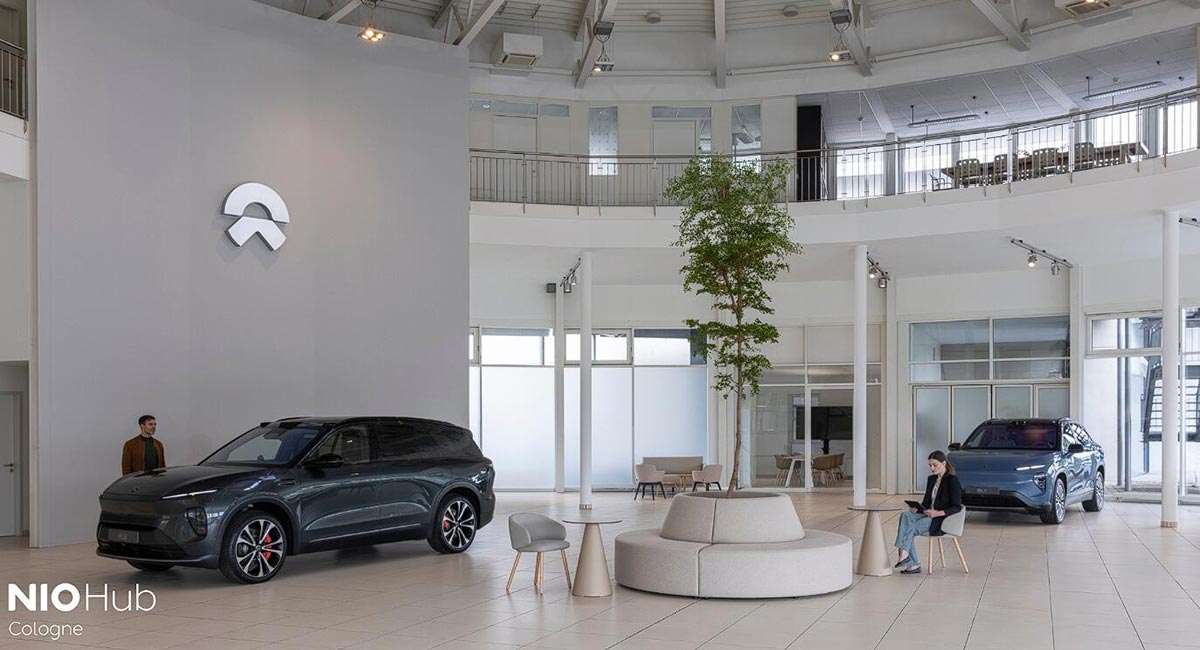Nio has restructured its smart driving team to emphasize end-to-end technologies, aligning with a broader industry shift towards more comprehensive autonomous driving solutions, as reported by LatePost.
The restructuring, which recently took place in Nio’s smart driving research and development (R&D) division, involved merging the perception and planning-control teams into a larger model team. Additionally, the integration team was reorganized into the technology delivery team, indicating a strategic focus on advancing Nio’s capabilities in smart driving technologies.
See also: Nio Introduces Fourth-Generation Battery Swap Stations with 22% Faster Swapping

Under the leadership of Nio’s vice president of smart driving R&D, Ren Shaoqing, the reorganized smart driving R&D department has steered away from the traditional “perception-decision-planning-control” paradigm. Instead, Nio is now actively exploring higher-level smart driving through end-to-end large model technology.
Ren Shaoqing, a co-founder of autonomous driving technology company Momenta in 2018, joined Nio in 2020. The large model team within Nio’s smart driving division is now led by Peng Chao, formerly the head of Nio’s perception team and a senior vision algorithm engineer at Momenta.
See also: Nio Adjusts Strategy, Prioritizes China Launch for Firefly Brand

Despite these strategic shifts, Nio’s smart driving team, consisting of about 1,500 people, remains smaller compared to other industry players. For example, Huawei boasts over 7,000 engineers working on similar technologies, while BYD and Xpeng have around 4,000 and 3,000 smart driving team members, respectively.
Nio’s move towards end-to-end smart driving technology comes amidst escalating competition in the autonomous driving sector, notably with Tesla’s leading Full Self-Driving (FSD) technology. Tesla’s success with FSD V12 has prompted other Chinese car manufacturers to explore similar end-to-end approaches.
See also: Nio Secures Approval for Third Factory in China, Aims for 1 Million Car Capacity

End-to-end smart driving systems offer several advantages, including accelerated development of higher-level smart driving features such as Navigate on Pilot (NOA) in urban areas. This technology can also reduce the need for city-by-city activation of features, ultimately lowering costs and shortening cycle times for feature expansion.
Nio has already integrated end-to-end technology into its latest software update, Banyan 2.6.5, which includes features like automatic emergency braking (AEB). While Nio has not announced a timeline for mass production of end-to-end technology, the company is making significant strides in advancing its smart driving capabilities to meet the evolving demands of the EV market.







